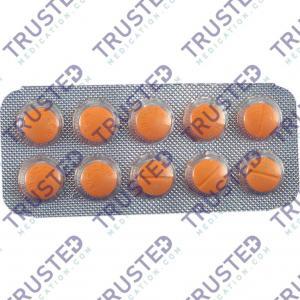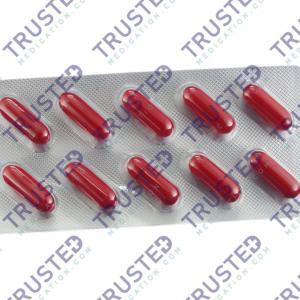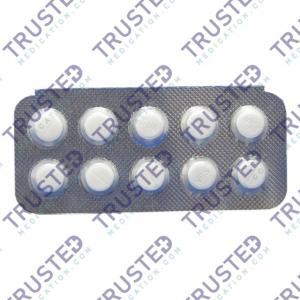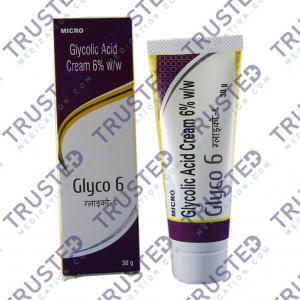
Folliculitis is a common skin condition characterized by the inflammation or infection of hair follicles. The inflammation often results from an infection. It is typically marked by small, pus-filled bumps or pimples that develop on hair-bearing areas of the body, such as the arms, head, and face. While generally harmless, folliculitis can pose risks, especially for those with weakened immune systems.
What causes folliculitis?
Folliculitis is primarily caused by an infection in a damaged hair follicle. The most common infectious agent is the S. aureus bacterium. However, yeast, fungi, and viruses can also cause folliculitis.
Other factors that can lead to folliculitis include:
· friction from tight clothing
· shaving
· exposure to contaminated water in hot tubs or swimming pools
What are the different types of folliculitis?
There are several types of folliculitis, including:
1. Bacterial folliculitis: It happens when bacteria, generally Staphylococcus aureus (staph), infiltrate the hair follicles. Staph bacteria, present on the skin can enter the body through a cut or wound. It is typically seen in individuals with open wounds or cuts on the skin.
2. Pityrosporum Folliculitis: This type occurs in conjunction with a yeast infection. It creates pus-filled, itchy pimples on your upper body, particularly your chest and back. They can also appear on your neck, arms, shoulders, and face.
3. Hot tub folliculitis (Pseudomonas folliculitis): This occurs when you swim in a pool or sit in a hot tub where the pH or chlorine levels are not adjusted. A day or two after getting into the water, you’ll notice a rash of itchy, round bumps.
4. Folliculitis Decalvans: This rare scalp condition occurs when bacteria inflame hair follicles for an extended period, triggering an immune response that can lead to hair loss. The exact cause of this type of folliculitis remains unclear.
5. Eosinophilic Folliculitis: It primarily affects babies or individuals with compromised immune systems. This type presents as pus-filled, itchy bumps typically on the shoulders, neck, upper arms, and forehead.
6. Malassezia Folliculitis: Malassezia, a yeast naturally present on the skin, can overgrow and penetrate hair follicles, causing itching. Those with oily skin, dandruff, or excessive sweating are more susceptible to this type of folliculitis.
7. Razor Bumps (Pseudofolliculitis Barbae): Linked to ingrown hairs resulting from shaving or waxing, particularly in the bikini area. This type manifests as dark bumps or keloids on the face, neck, or groin. It is more prevalent in men of African and Asian descent.
What are the symptoms of folliculitis?
Folliculitis symptoms vary based on the type and severity of the infection. Some common symptoms include:
1. Painless, pus-filled bumps or pimples on hair-bearing areas of the body, such as the arms, head, or face.
2. Redness or swelling around the bumps.
3. Itching or discomfort in the affected area.
4. Fever or chills in severe cases.
How is folliculitis Treated?
The treatment of folliculitis depends on the severity of the infection. Certain types may need more intensive therapy. However, others may resolve with little to no intervention. If your folliculitis is minor, it may be treatable at home. You can treat inflamed skin in a variety of methods, including:
· To clean the skin, use antibacterial cleaners. This will reduce the number of microorganisms on your skin.
· To relieve discomfort, use warm cloths to the inflamed skin.
· Using anti-itch cream.
Less severe type such as Pseudomonas folliculitis (hot tub rash), usually resolve on their own within a few days. If they don’t, contact your healthcare provider. For more severe cases of folliculitis, oral antibiotics may be required to treat the condition.
When to See a Doctor
It is important to seek medical attention for folliculitis if:
1. The symptoms of folliculitis are severe or worsening.
2. The affected area is red, swollen, or tender to the touch.
3. The affected area is oozing pus or blood.
4. The affected area is infected with a fungus or virus.
5. The individual has a weakened immune system or a history of skin infections.








